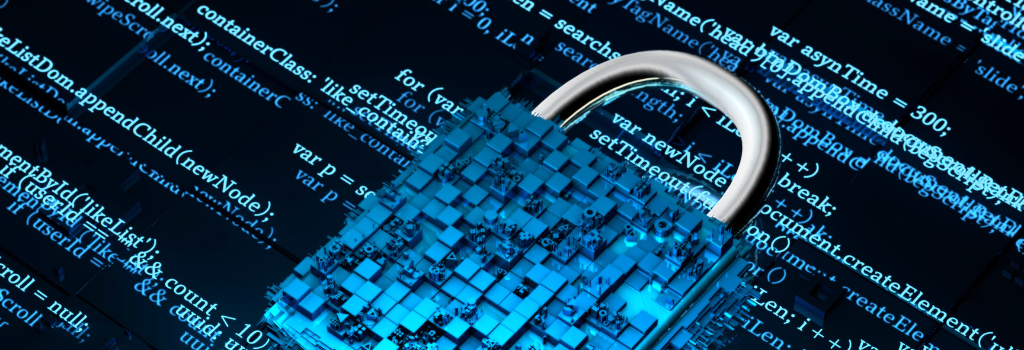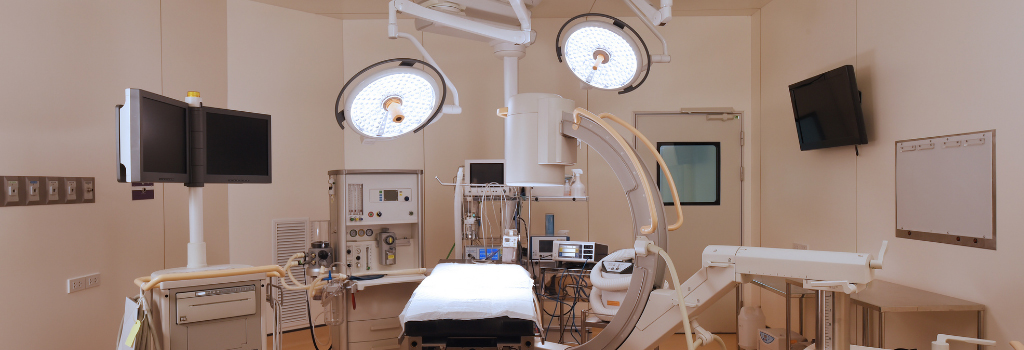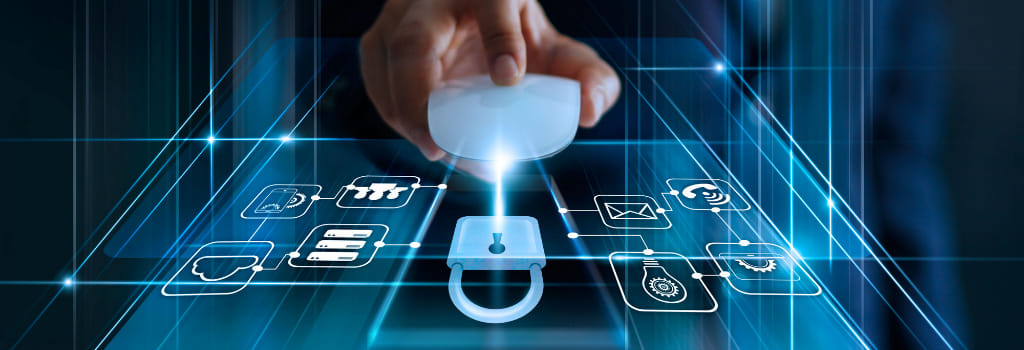Network Computing
With the continuously growing demand for consumer electronic applications, creating increased data transfers from emails, video conferencing, and remote applications, often utilizing unprotected public networks, makes productivity application tools vulnerable to attacks. The increasing number of network security breaches, increasing adoption of cloud technologies, the trend of network automation, and 5G networks, makes protecting network transmitted data imperative, further increasing the demand to improve network security.
Подробнее: Network Encryption Appliance Enable Quantum-Safe Security HSM Solutions
As enterprises eagerly adopt new technologies relating to IIoT and mobile Edge computing, they often stumble upon unforeseen challenges.
Challenges such as the exponential growth in the number of connected mobile devices, increased needs for bandwidth, more and more sophisticated attacks and sometimes unexpected operational overheads.
One of the biggest responsibilities of healthcare professionals is ensuring their patients are in top optimal health conditions at all times. Such responsibility entails healthcare professionals accessing a patient's sensitive data, such as historical health or ongoing treatments. But, according to health regulations like HIPAA, health information must be electronically protected at all costs.
Подробнее: VPN Gateway for Medical Devices in the Health Clinics
Organization began moving in droves to the Zero Trust security model in 2019, implementing a “never trust, always verify and enforce least privilege” approach to internal and external network access. This approach enforces the mandate that traffic inside the perimeter deserves no more trust than traffic outside; all traffic should be inspected and logged and all access requests should be verified, authenticated and validated on a need-to-know basis.
Подробнее: NCA-5710: Enabling Intent-Based Industrial Intelligent IPS
The landscape of web threats has grown significantly, and as enterprises migrate to the cloud and expand their remote sites/branch locations, providing open always-connected access to the internet leaves the company vulnerable to several threats, such as malware, fraud, and other complications. Many organizations are realizing that the risk is especially high for web-based threats, and a more advanced and integrated approach is needed to secure against external and internal risks.
Подробнее: Hyper-converged Secure Web Proxy Appliance for Cybersecurity Prevention
Educators around the world have been rushing to implement contingency plans for remote learning in order to maintain educational continuity since late 2019. While it does appear that school closures could be extended for many through the end of the 2021 and even into the 2022 school years, providing safe, filtered devices and a safe, secure remote learning environment for students are more important than ever.
Подробнее: SASE Appliance And Deployment-ready CPE For Cloud-based Web Monitoring And Filtering
Corporations are amassing vast amounts of data, ranging from highly confidential financial, business, and customer data to moderate unimportant information. In order to augment their internal datacenters, businesses are also moving more and more of their data to the cloud and adopting multiple hybrid cloud storage environments. As such, organizations are discovering the complexity, increased costs and security risk of protecting all their data across multi-cloud environments.
Подробнее: Scalable Hardware Security Appliance Ensures Multi-Cloud Confidential Computing












